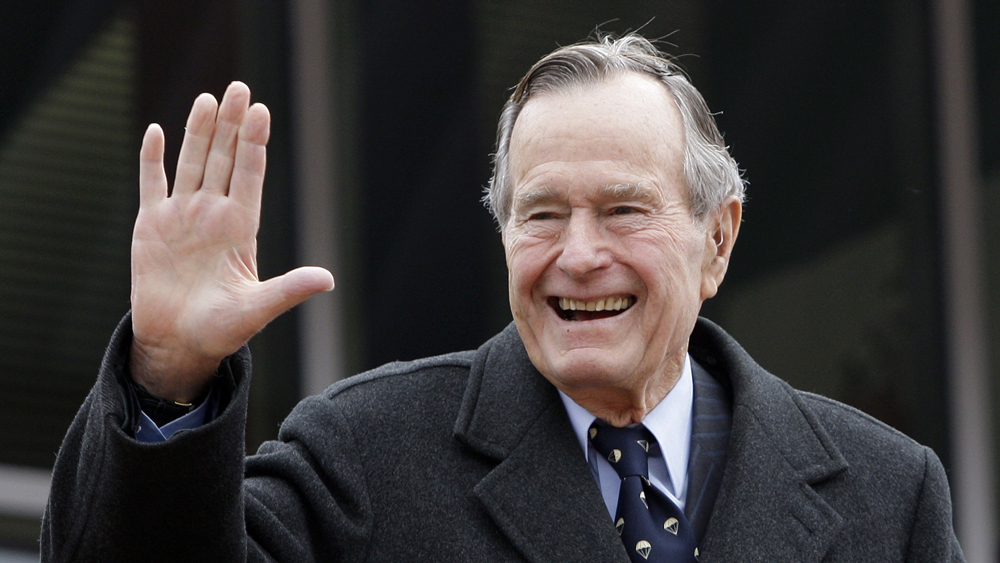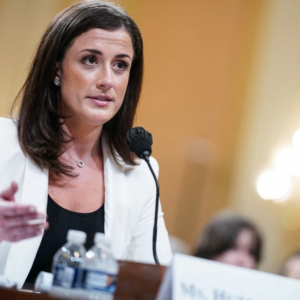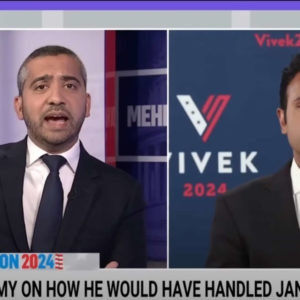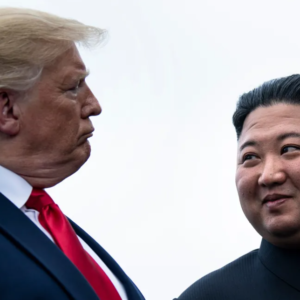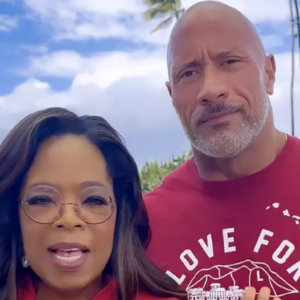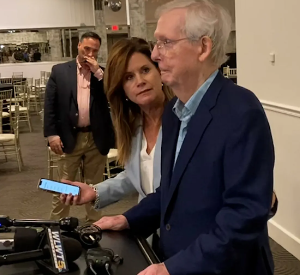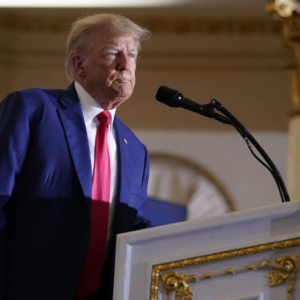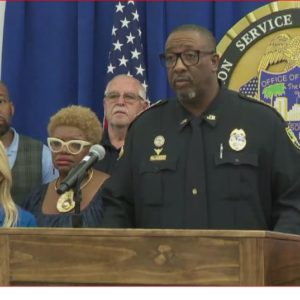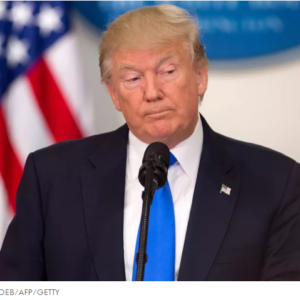I didn’t really care for George H.W. Bush as president, but as history shows us, he certainly looks a great deal better in light of, shall we say, current realities.
At the time, Bush was seen as inheriting Ronald Reagan’s conservative mantle, but Bush was more moderate and came from the old blue blood wing of the Republican Party. You know, the wealthy, business-oriented, somewhat squishy on civil rights cadre that also nominated Richard Nixon. Bush had labeled Reagan’s economic policy as “voodoo economics,” which turned out not only to be prescient, but a fair warning to the conservatives who didn’t know how to balance a checkbook because, well, daddy would always clean up the mess.
Bush played daddy to the extent that he could, but he still gave in to the disgraceful instincts that were becoming part of campaigning in the modern era. The Willie Horton ad (I won’t even justify it with a link, though of course you could look it up) became part of the lexicon of scurrilous political advertisements because it played directly to the racist practices that were embedded in conservative circles. The ad was said to use dog whistle tactics, but that’s big fat lie. The ad screamed and generated sirens and flashing lights. And it worked.
Which of course made Bush’s appeal for a kinder, gentler America seem suspect to say the least, but he soon pivoted to his strengths, which were his close personal relationships in Washington and diplomatic circles, and his economic policies, which ultimately sunk him. During the 1988 campaign he said that the Democrats would need to read his lips; that he was not going to raise taxes. Then he did the responsible thing and raised taxes to put the economy on firmer footing and to close the budget deficit. For the conservatives, though, that was heresy. He lost in 1992 because conservatives didn’t come out for him and moderates thought he wasn’t engaged enough in domestic affairs.
But Bush did have some successes. He ordered invasions of Panama and Iraq to stop their leaders, Manuel Noriega and Saddam Hussein, from expanding their roles as very bad guys. And he also navigated the country through the end of the Cold War from 1989 to 1991, and did so with a steady hand. Reagan gets credit for ending the conflict, but it was Bush who helped make it an orderly reality. Looking back, it’s amazing to remember that for all of the talk about the Cold War ending with a mushroom cloud, it really ended with hammers slamming away at the Berlin Wall. Bush’s support for Boris Yeltsin’s coup was a masterstroke of realpolitik. He could have stuck with Mikhail Gorbachev, but Bush saw that Yeltsin was the future. And he was right.
Bush also had a successful post-presidency, burying the hatchet with Bill Clinton and generally living the life of an elder statesman with restraint and credibility. He was, though, the last of the old conservative breed, and it was his son who led us into the political world we unfortunately inhabit now. I won’t recap. You know this.
And yet it says something about the disaster that sits in the White House today when he says he doesn’t understand what the thousand points of light was supposed to represent, or even what it meant. That’s because you need to look beyond yourself and see the country as an interconnected community of people who are willing to help each other through volunteerism and a shared vision of what it takes to continue to improve. George H.W. Bush, indeed, most every other president, understood what this meant and encouraged us to give back to the United States. His death leaves one less light shining. Let’s make sure the present occupant doesn’t shut them all off.
For more, go to www.facebook.com/WhereDemocracyLives or Twitter @rigrundfest
